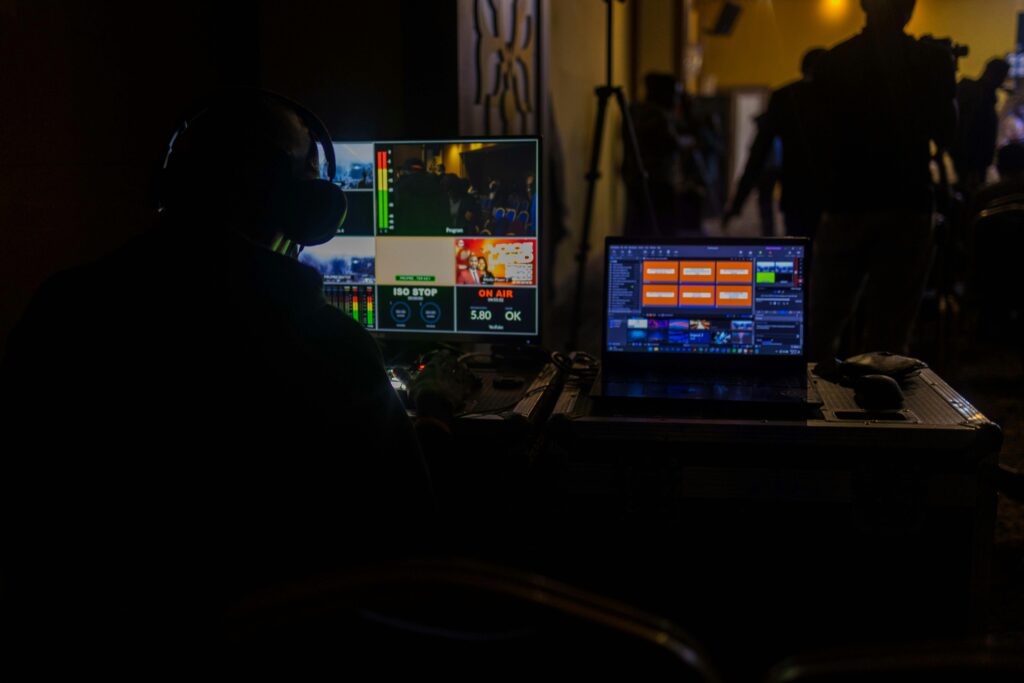Introduction
Vlogging isn’t dead. Far from it. Even as platforms evolve and attention spans fray, creators have found ways to adapt, grow, and stay visible. Back when long-form sit-down videos were the norm, it was about polished editing and curated life updates. Now? It’s about speed, story, and showing up consistently. Vlogging has remained resilient because at its core, it’s built on something algorithms can’t fake: connection.
But the ground is shifting in 2024. Algorithms are less forgiving. Viewers want fast value and deeper substance, often at the same time. It’s no longer enough to just hit record and talk about your day. Creators need to think about vertical strategy, real-time engagement, niche clarity, and how tools like AI can help them keep up.
Understanding these shifts isn’t optional. This year, winning means leaning into clarity and purpose. Creators who recognize what’s changing—and why—won’t just survive. They’ll lead.
Vlogging, like gaming, has learned a thing or two about keeping audiences locked in. Continual content drops aren’t just smart — they’re essential. Vloggers who keep their channels fresh with regular uploads, real-time engagement, and layered story arcs tend to build loyal followings that stick around.
Monetization has followed gaming’s lead. Think free-to-watch with upgrades: sponsored shoutouts, tiered memberships, merch links, and digital extras. It’s less about one viral hit and more about an ongoing revenue stream. Sound familiar? It’s the vlogging version of the battle pass — keep them coming back for the next chapter, the next drop, the next behind-the-scenes peek.
Studios used to chase box office moments. Now, the smart ones know long-tail revenue is where sustained profit lives. Vlogging is right there with them. If you’re not playing the long game, you’re just passing through.
Staying visible in 2024 means moving at speed. Vloggers are under real pressure to release content fast, but the catch is that quality still has to hold. Audiences have less patience than ever, and the algorithm won’t wait around. You skip a week, your reach tanks. You toss out filler, your watch time dips. Creators are walking a tightrope between output and burnout.
Consistency is the game now. But unlike in the past, it’s not just about posting often. Updates have to feel worth it — tightly edited, engaging, and personal. That takes strategy. Repurposing clips, batching shoots, and leaning into templates or AI tools help keep momentum without frying your creative brain.
Meanwhile, community management isn’t optional. It’s part of the job now, right alongside scripting and editing. Responding to comments, running polls, sharing behind-the-scenes updates — this kind of interaction isn’t just for fans, it actively feeds platform performance. For many vloggers, that means spending as much time in the chat as they do behind the camera.
Adaptive storytelling isn’t just a buzz phrase anymore—it’s the new normal. The vlogging space is taking cues from the gaming world, where content evolves in real time. Seasonal arcs, creator-driven challenges, and narrative callbacks are giving fans a reason to keep coming back. Think of your channel as a world that grows with your audience, not just a series of one-off videos.
Creators who listen win. Viewer feedback, poll results, comment requests—these are shaping what gets made next. It’s not just about uploading and moving on. It’s about making viewers feel seen and pulling them into the creative loop.
Art direction is helping seal the deal. Cleaner visuals, recurring aesthetics, and consistent vibes aren’t just pretty—they boost watch time and loyalty. Smart creators are using look and feel as part of their brand hook.
For balancing visual elements with emotional resonance, check out the related read: How Art Direction Shapes Player Emotions and Engagement
Live service games continue to dominate the gaming space by constantly feeding players fresh content. Frequent updates, seasonal events, and real-time world changes keep things lively. Social play also adds value—teaming up with friends or dropping into shared spaces creates a sense of community that keeps people coming back. These evolving worlds offer a lot, blending entertainment with an ongoing sense of discovery.
But it’s not all good news. The same mechanics that keep things fresh can also lead to burnout. The fear of missing out is baked into battle passes, limited-time skins, and time-gated content. The grind never really ends, and if you step away for even a little while, it can feel like losing progress. Add in pay-to-win features creeping into some titles, and it’s clear not everyone’s having fun.
Players are adapting. Rather than playing everything, they’re getting picky. Many now engage with one or two titles at a time, and subscription fatigue is starting to bite—people want value, not just volume. Some are branching out into indie games or alt platforms looking for experiences that don’t require a calendar app to manage. The result: a more conscious and curated gaming lifestyle.
Hybrid models are becoming the go-to strategy in gaming, blending the structure of premium titles with the ongoing engagement of live service elements. Think single-player depth with multiplayer replayability, or narrative arcs that evolve over time. It’s not just about DLC anymore. It’s raids, events, content drops, and social hooks layered on top of a complete base game.
The real challenge? Doing this without alienating players. Live features can’t feel like a cash grab. Gamers are more skeptical than ever, and if trust breaks, the community breaks with it. Games that push too hard on monetization or pace content too thin are seeing fast drop-off rates. Sustainability lies in balance: delivering value regularly while respecting the time and intelligence of your player base.
At its core, live service isn’t just a product model. It’s a fundamental shift in how games are built, updated, and experienced. Studios need to think long-term—from development to post-launch roadmaps—while keeping an ear to the ground.
Player trust isn’t earned with trailers. It’s built over time.
